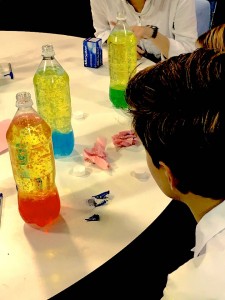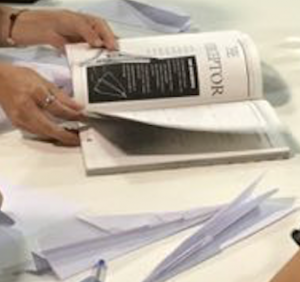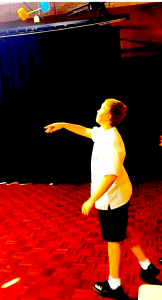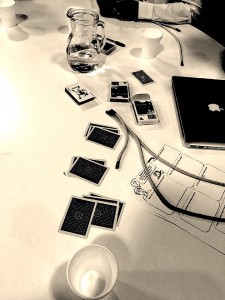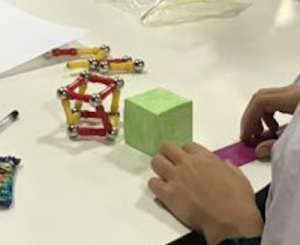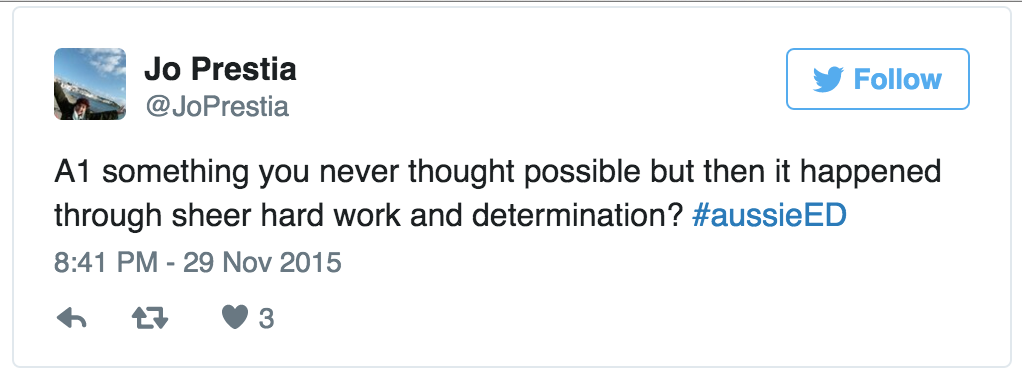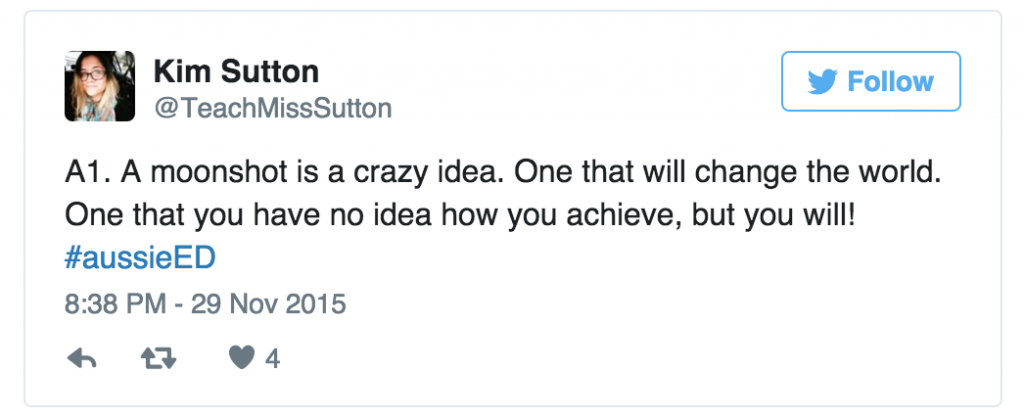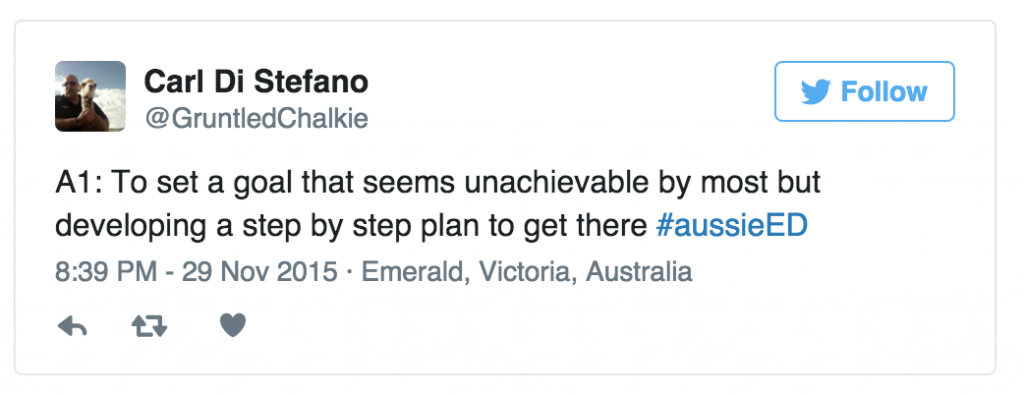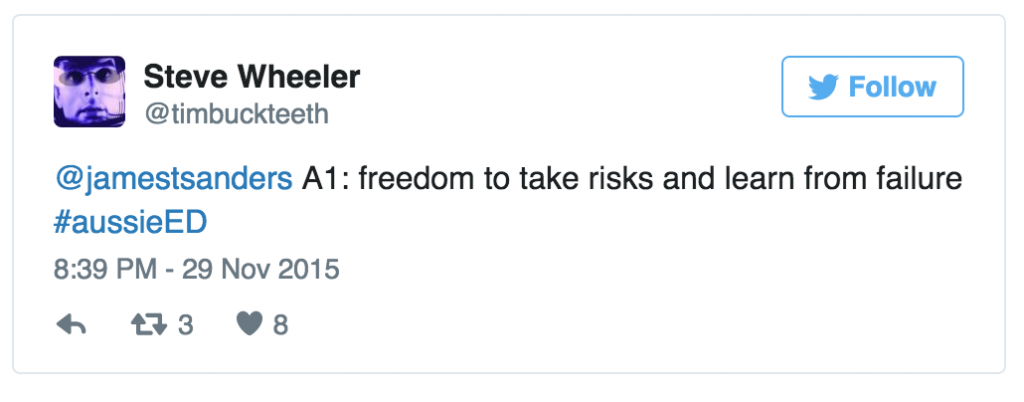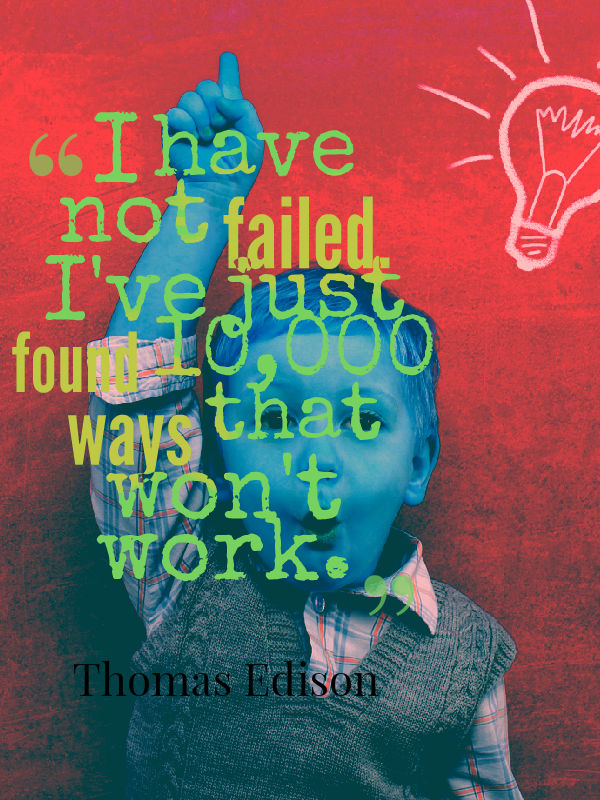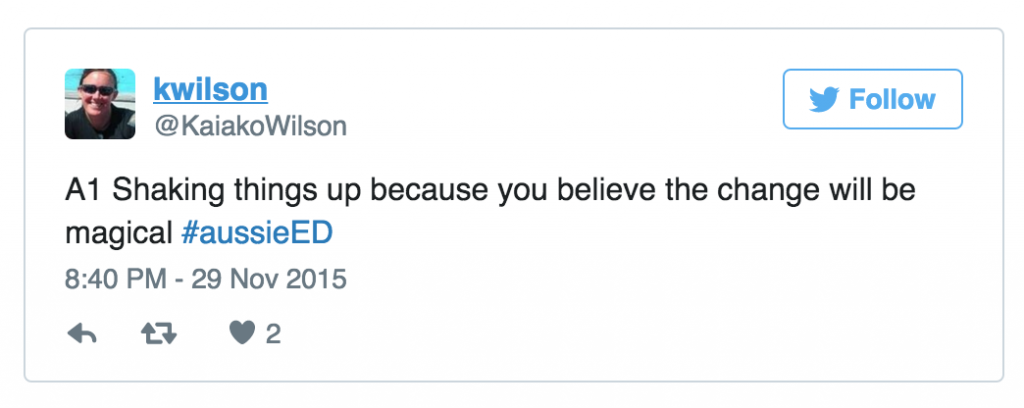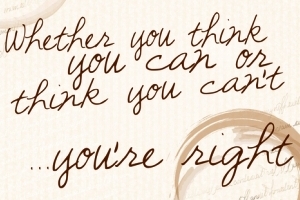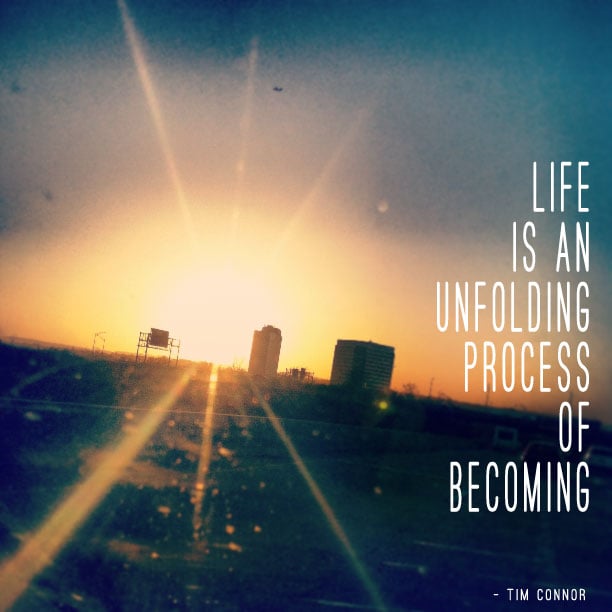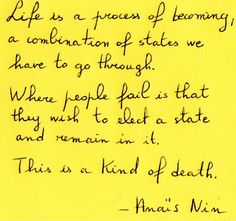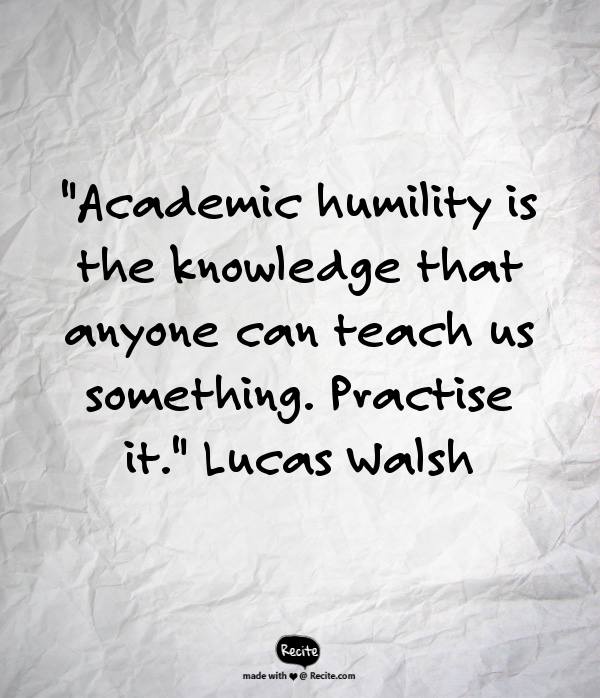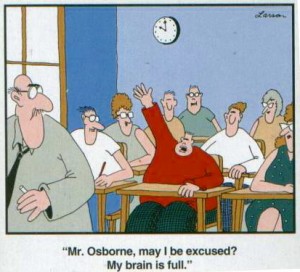You know when you hear something that really gels with you? It’s that moment when culture meets a light bulb moment and suddenly you know. You know this is something that just has to be said.

That light bulb moment
The other day it happened to me, sitting in the ACEL conference listening to Carol Tomlinson talking differentiation. Now this was not the first or even second time I’ve had the pleasure to hear her speak in person. I had even heard the differentiated story she told, but it was the first time I connected with it in a new way. It really brings to the fore the idea of readiness to learn. In order to learn, one must be open to learning. So when we teach, how do we know whether our students are ready to learn? How do we know if we are ready to learn from them in return?
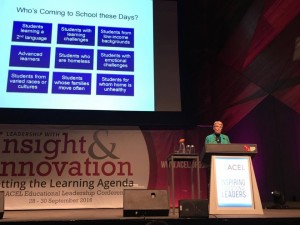
Tomlinson at ACEL conference 2016
Tomlinson compares the ingredients for dinner with that of curriculum. As ingredients, they stand alone but have very little to offer unless combined with other ingredients to make a meal. In fact, depending on the ingredients one can make a myriad of meals using them in different combinations. Let’s take similar ingredients to those that Tomlinson uses in her comparison:
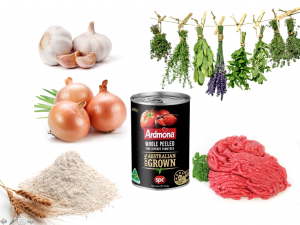
Ingredients
The above, when combined, will make a meal (or 5 if you live at my place – if you want a list, I’d be happy to forward one) – the same as all the components of teaching. Teaching isn’t just one ingredient but should be a whole lot of ingredients which are combined to create a great learning experience. In combining the ingredients, however, one doesn’t necessarily have to use them all in every meal but they can be used in different combinations. Teaching is like this too. These ingredients on their own are not very inviting – but in combinations can make a number of really appetising meals.
So let’s compare this idea to teaching. What are some of the ingredients in teaching and learning?
Relationship? I suggest kilos and kilos of it. In fact, in my opinion, there is very little, if any teaching or learning that happens without this ingredient.
Curriculum – knowledge and skills?
Assessment – formative and summative?
Environment – inviting and safe?
Emotional Intelligence?
Curiosity?
FUN?
Communication?
Collaboration?
Policy?
What else would you add?
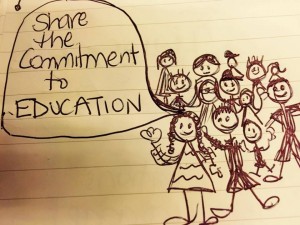
Share the commitment to teaching and learning
In teaching and learning, there may be any combination of the above and more. Each class would need more or less of these depending on the needs of the students in that particular class. Even if one is teaching the same content to the same year level in two different classes, the ingredients would not be identical in both type and quantity. So when planning your next ‘cooking’ session with your class think carefully about the ingredients and combine them in such a way that really gels with your class. Take the time to ask your students, ‘What would you like for dinner?’ It will help you to become a much better cook, I guarantee it and ultimately they’ll enjoy the meal a whole lot more.
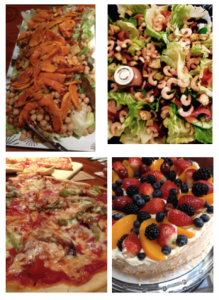
Dinner’s READY!!!!
Thanks for reading 🙂

